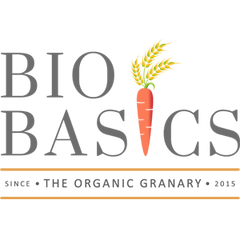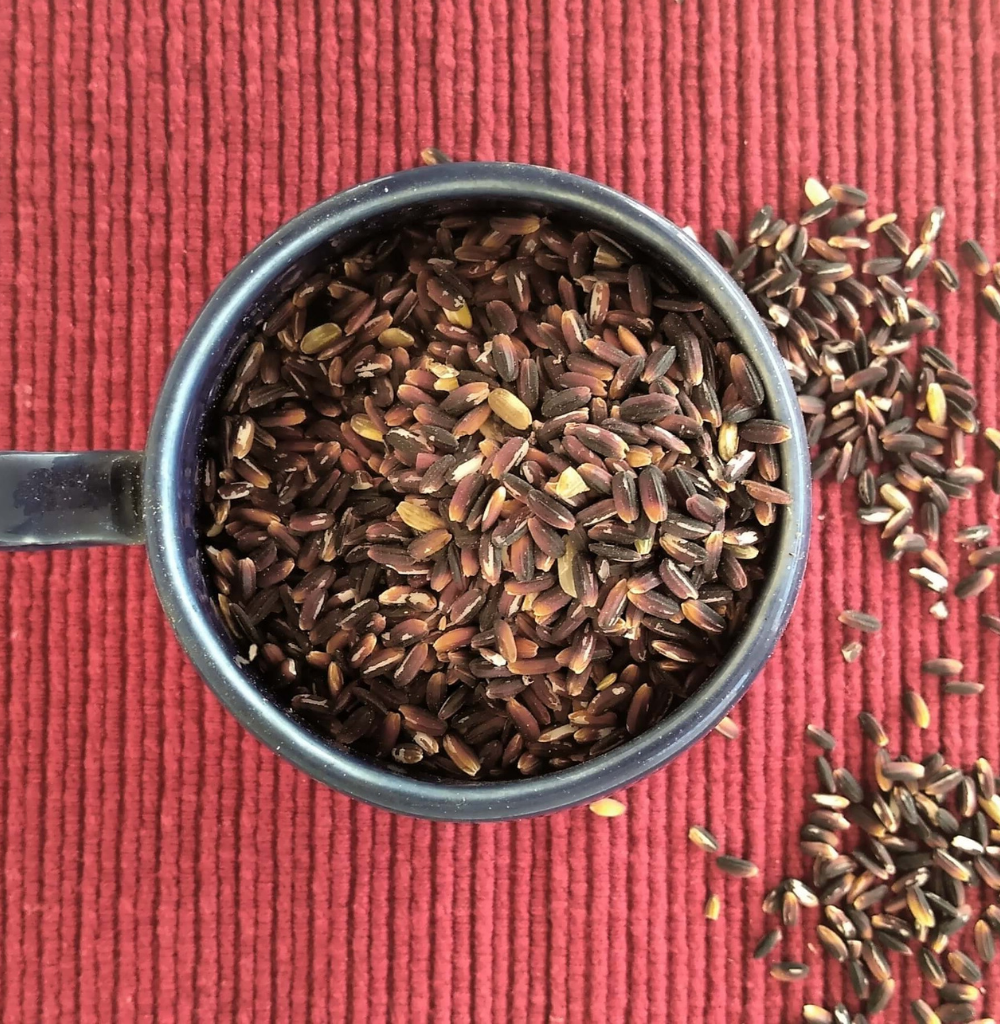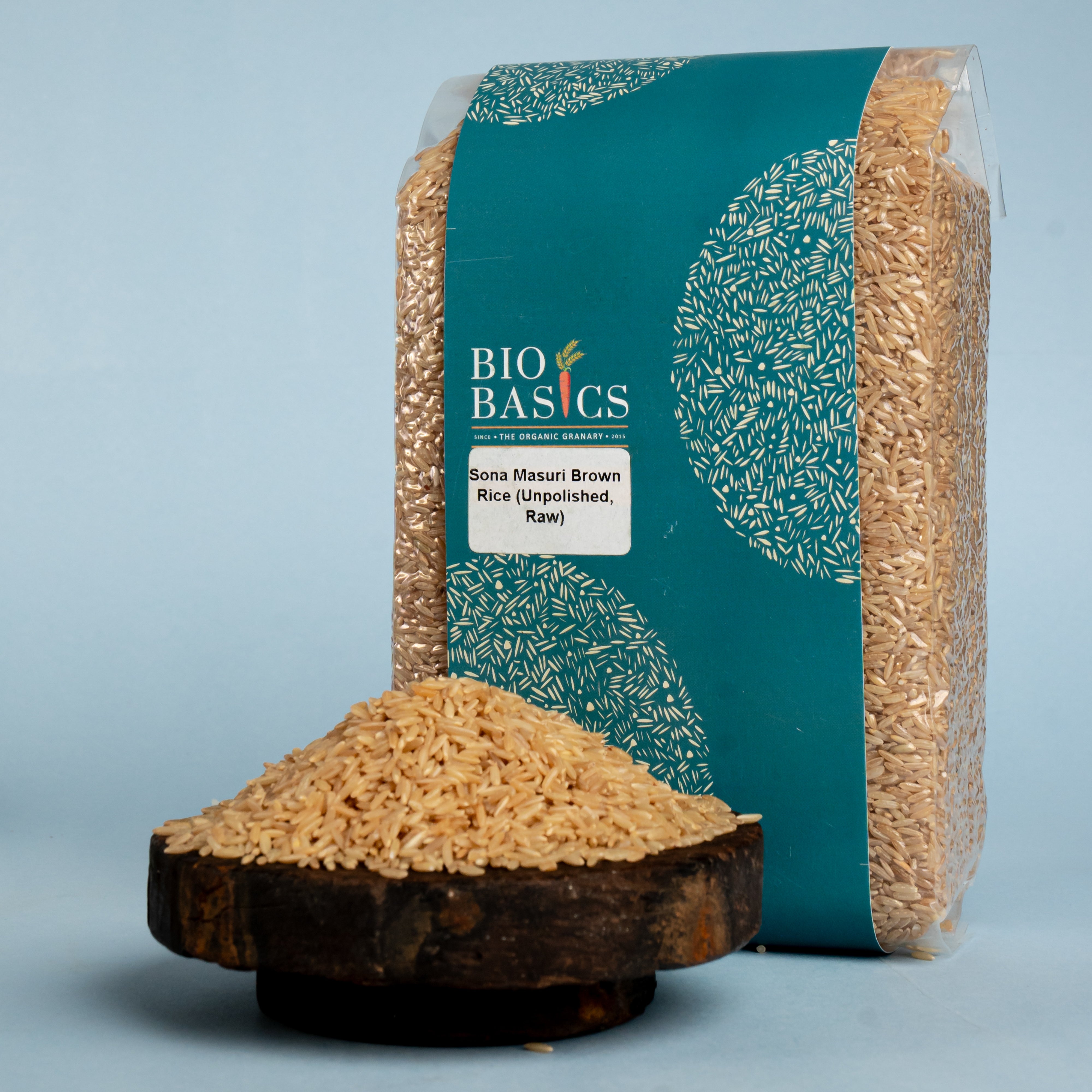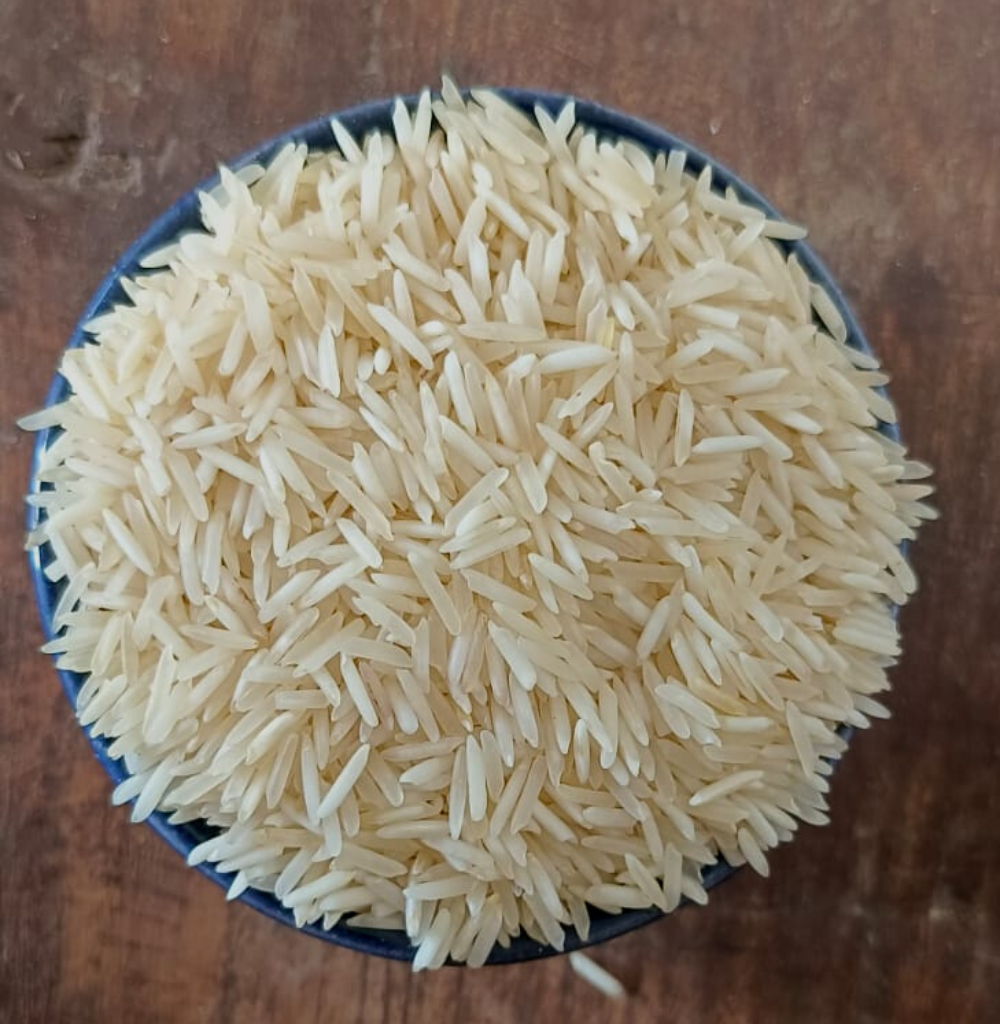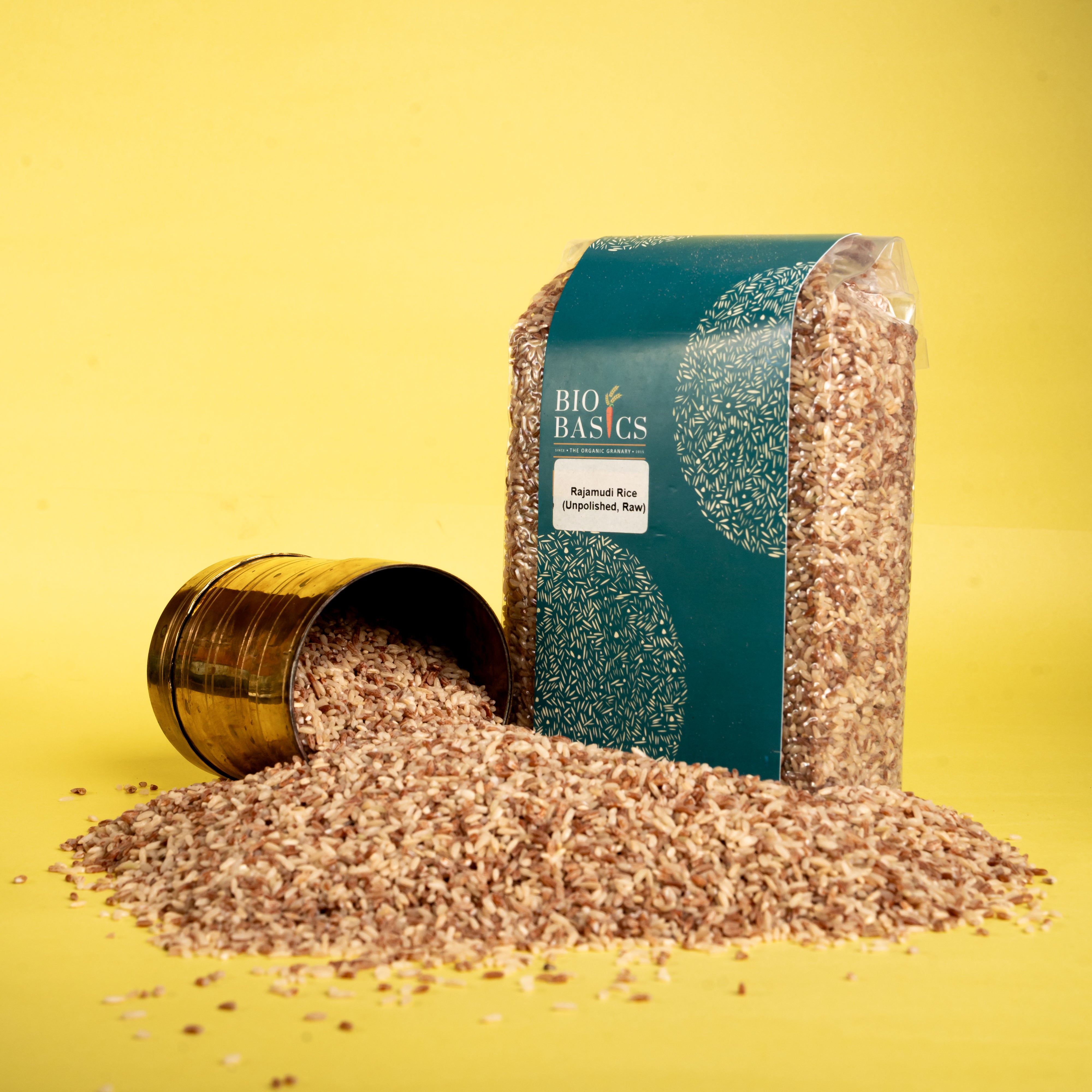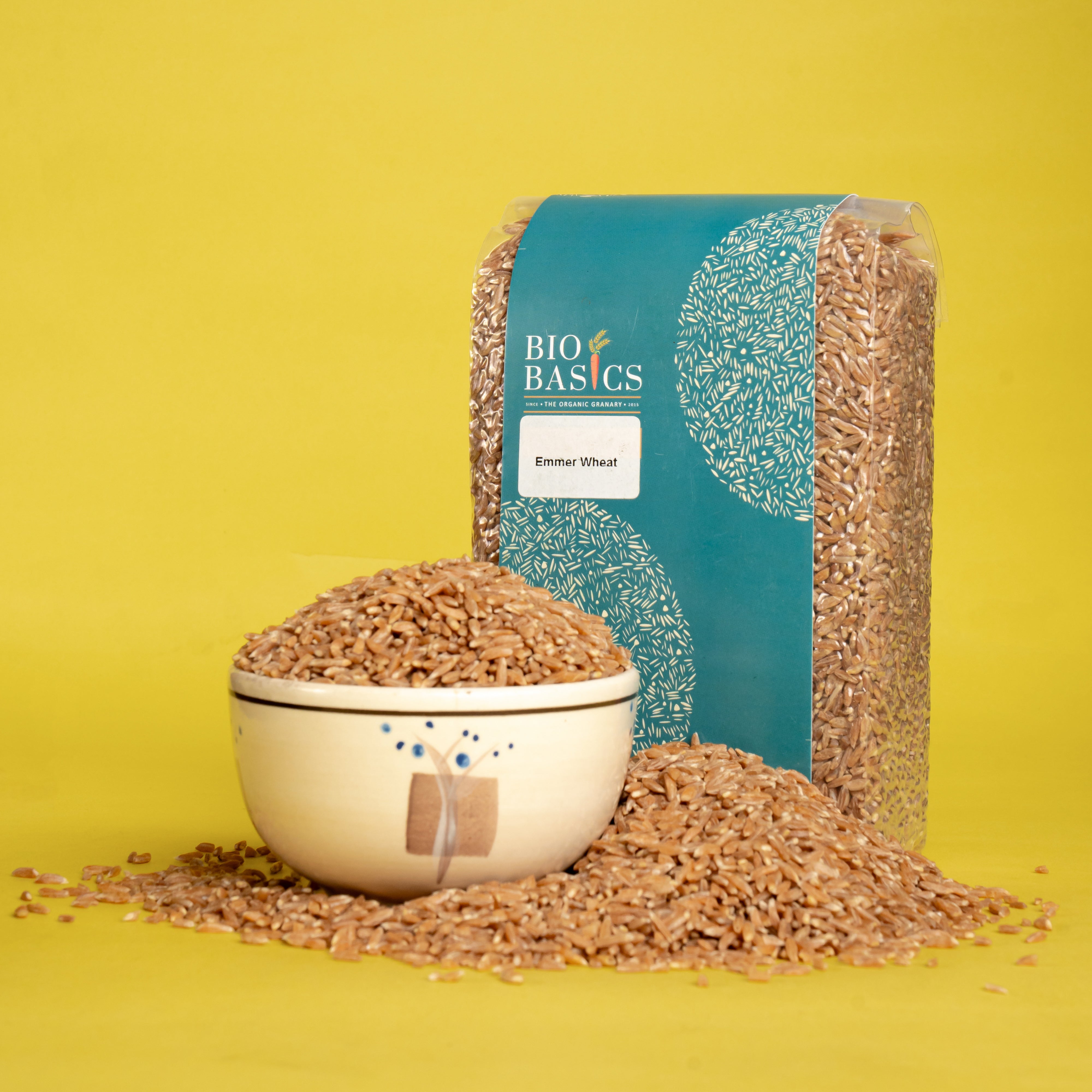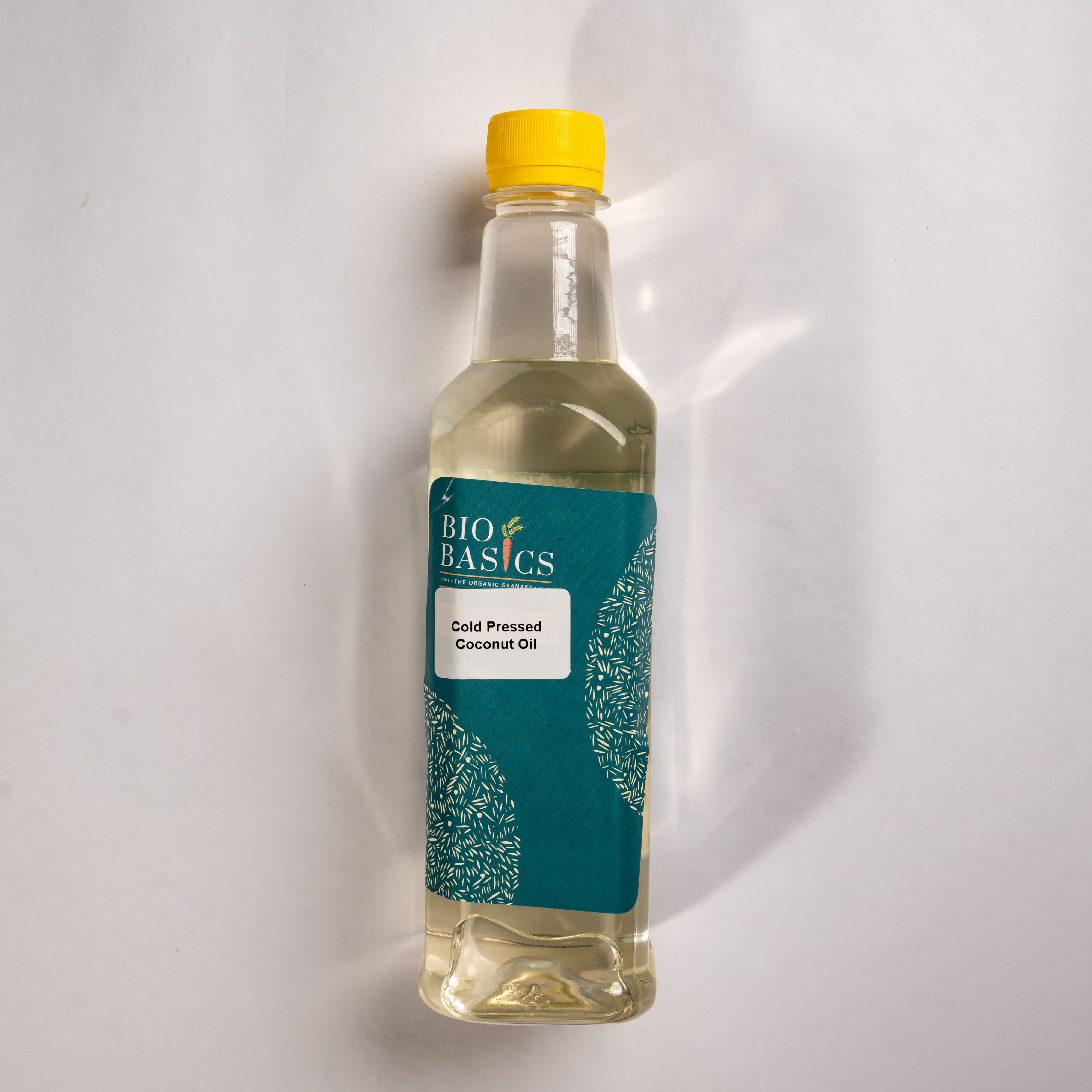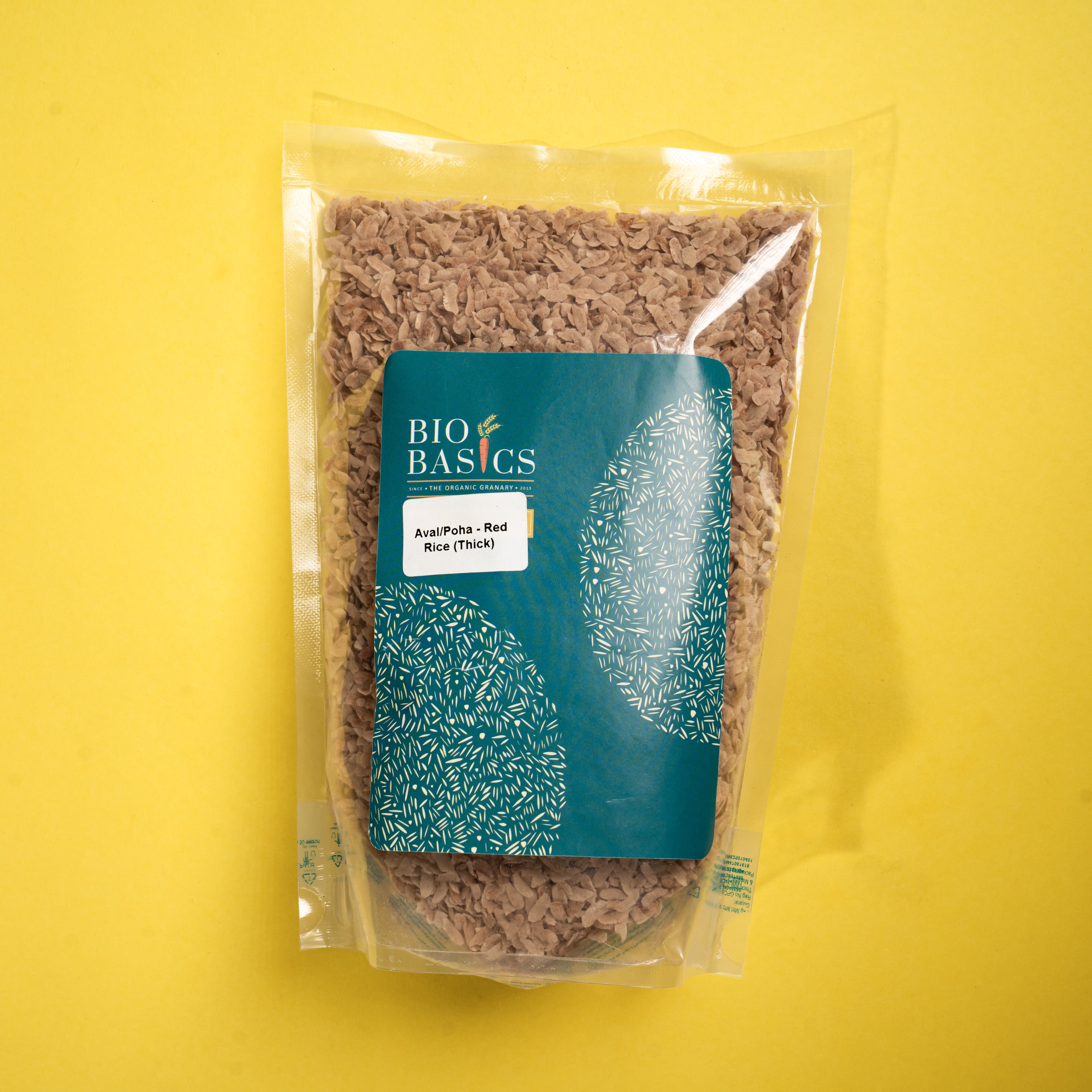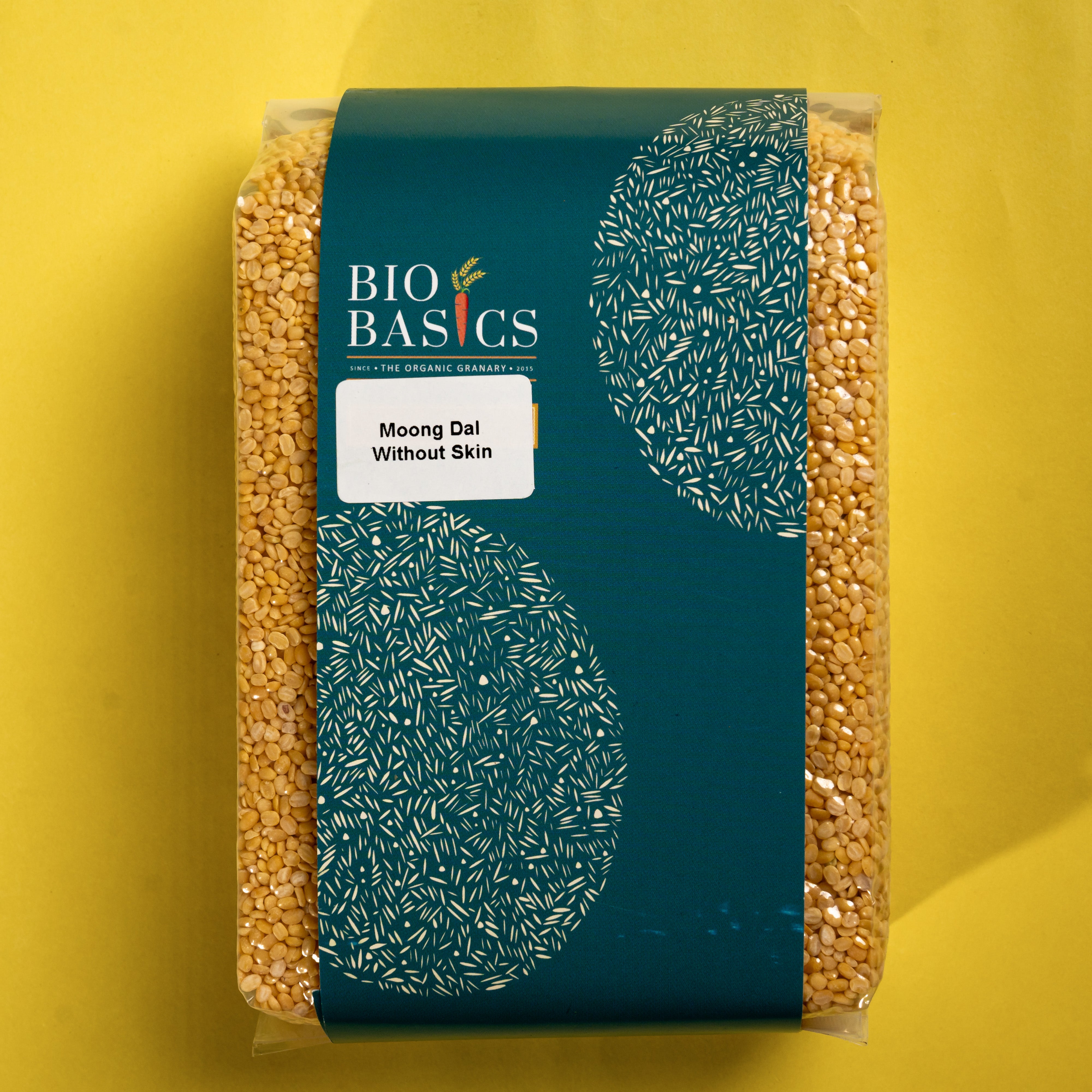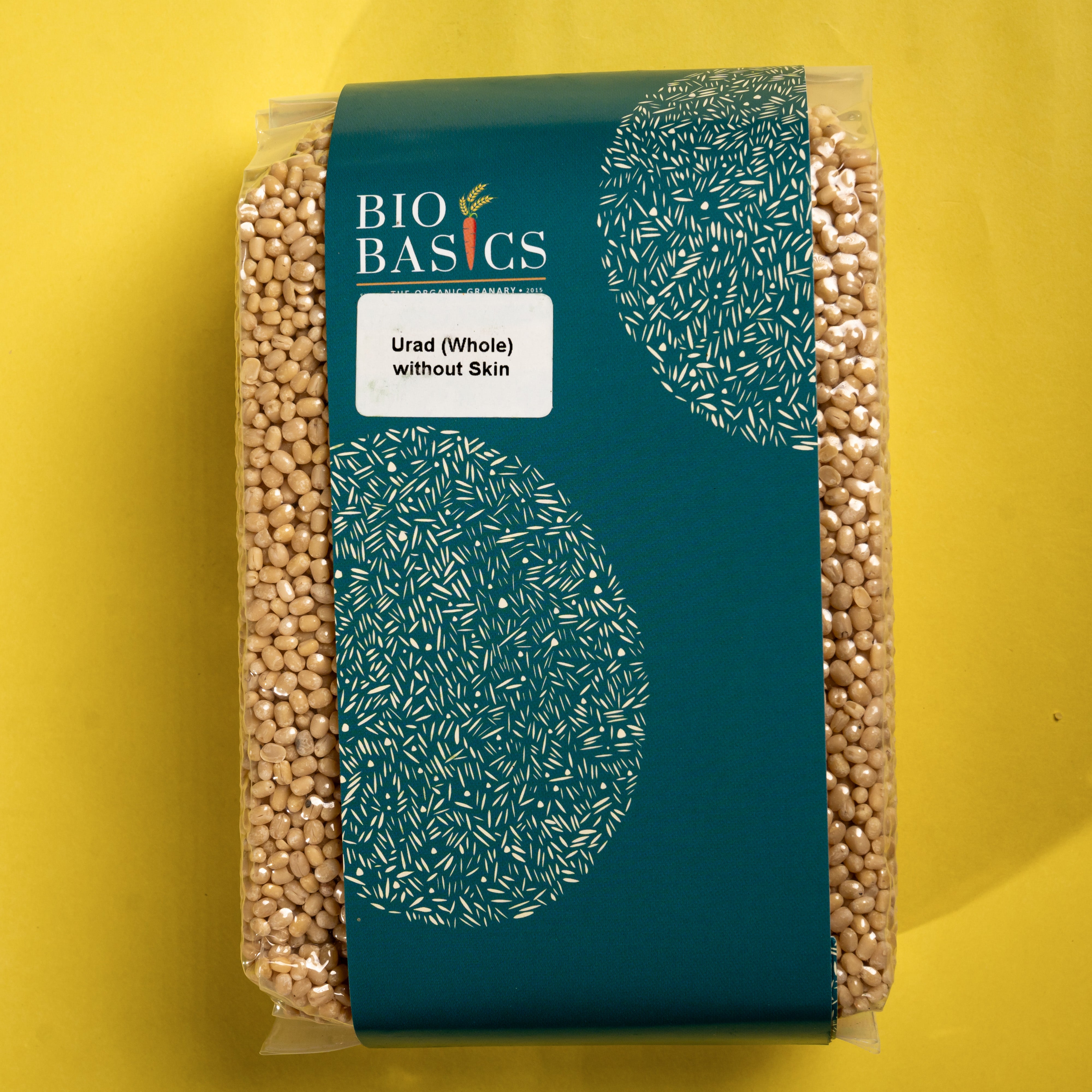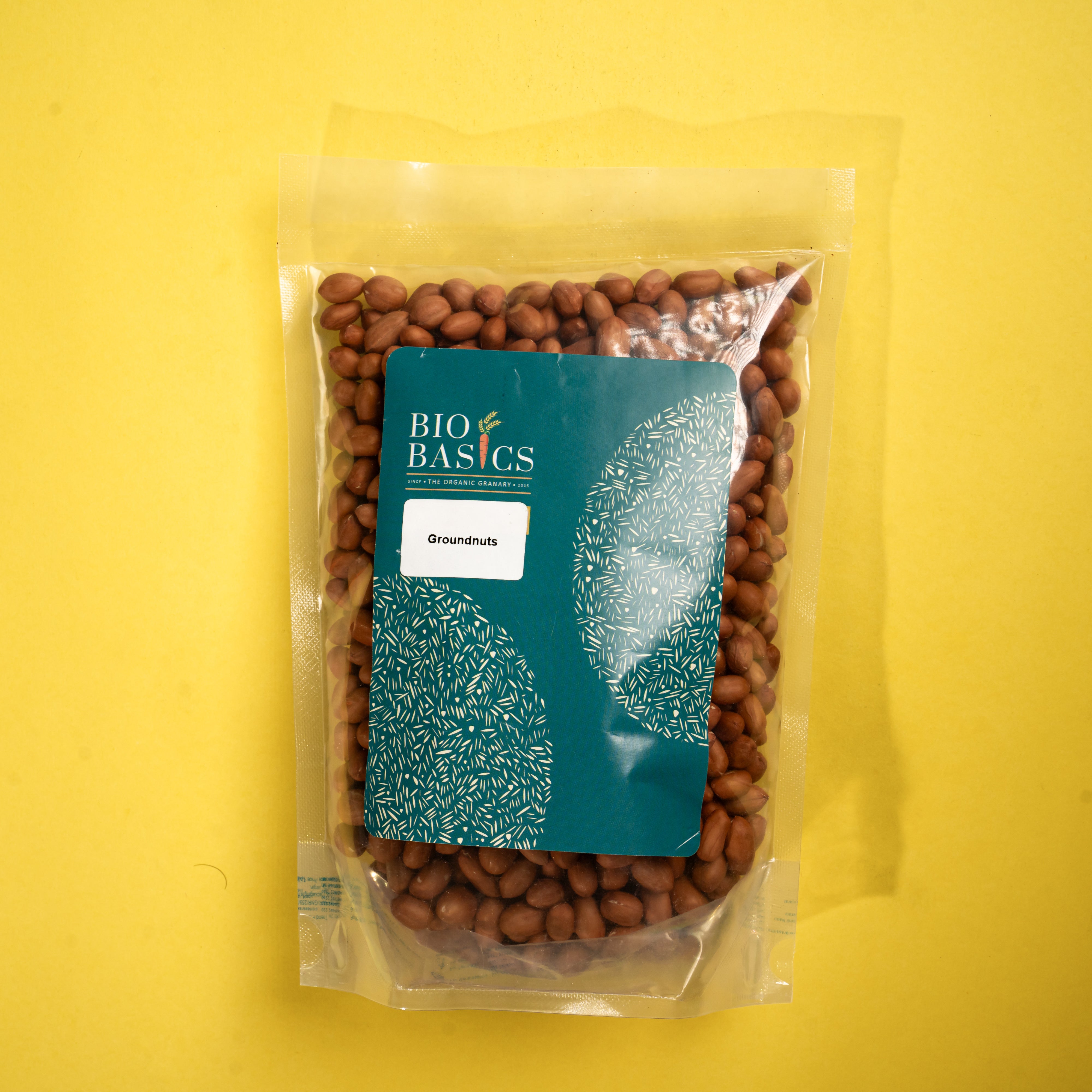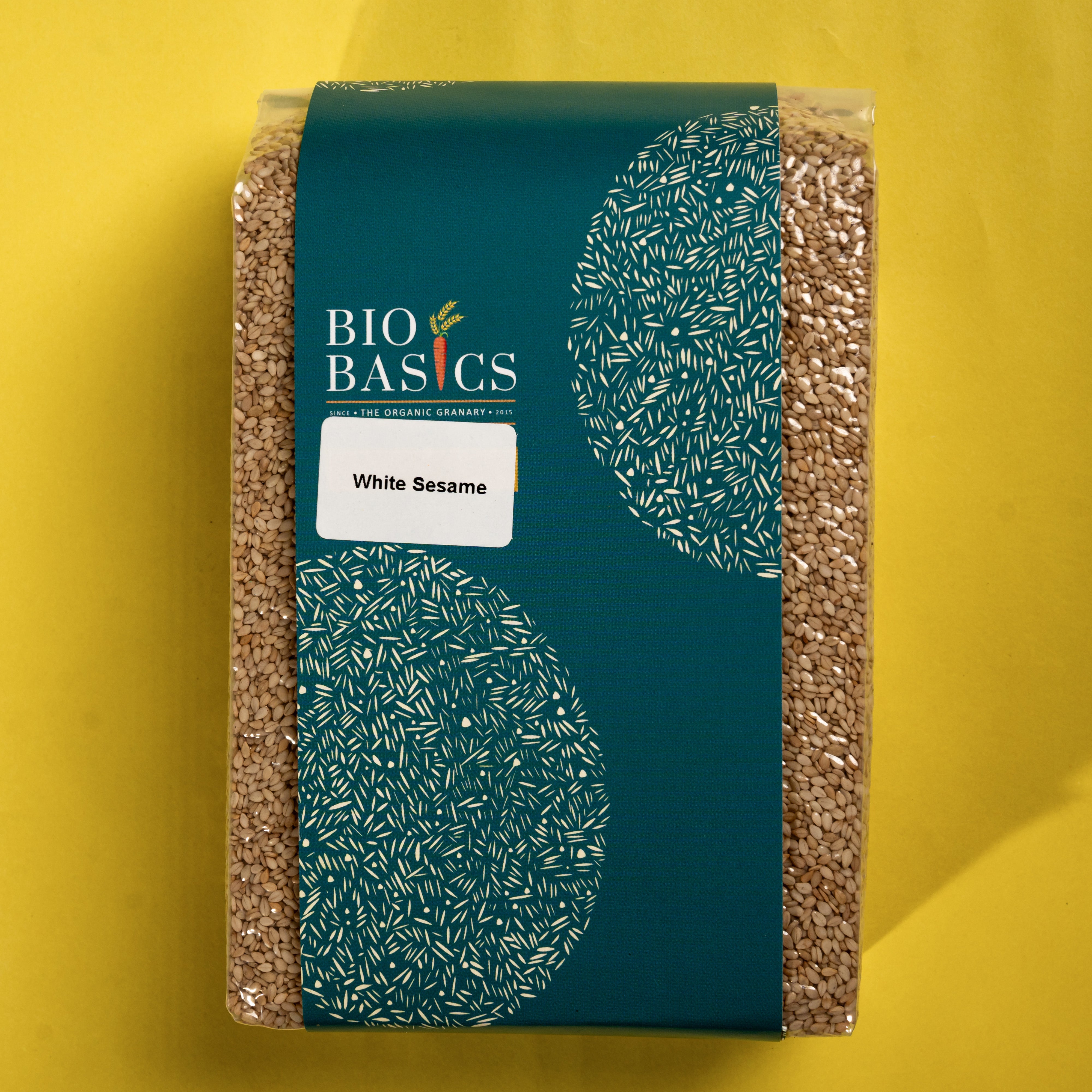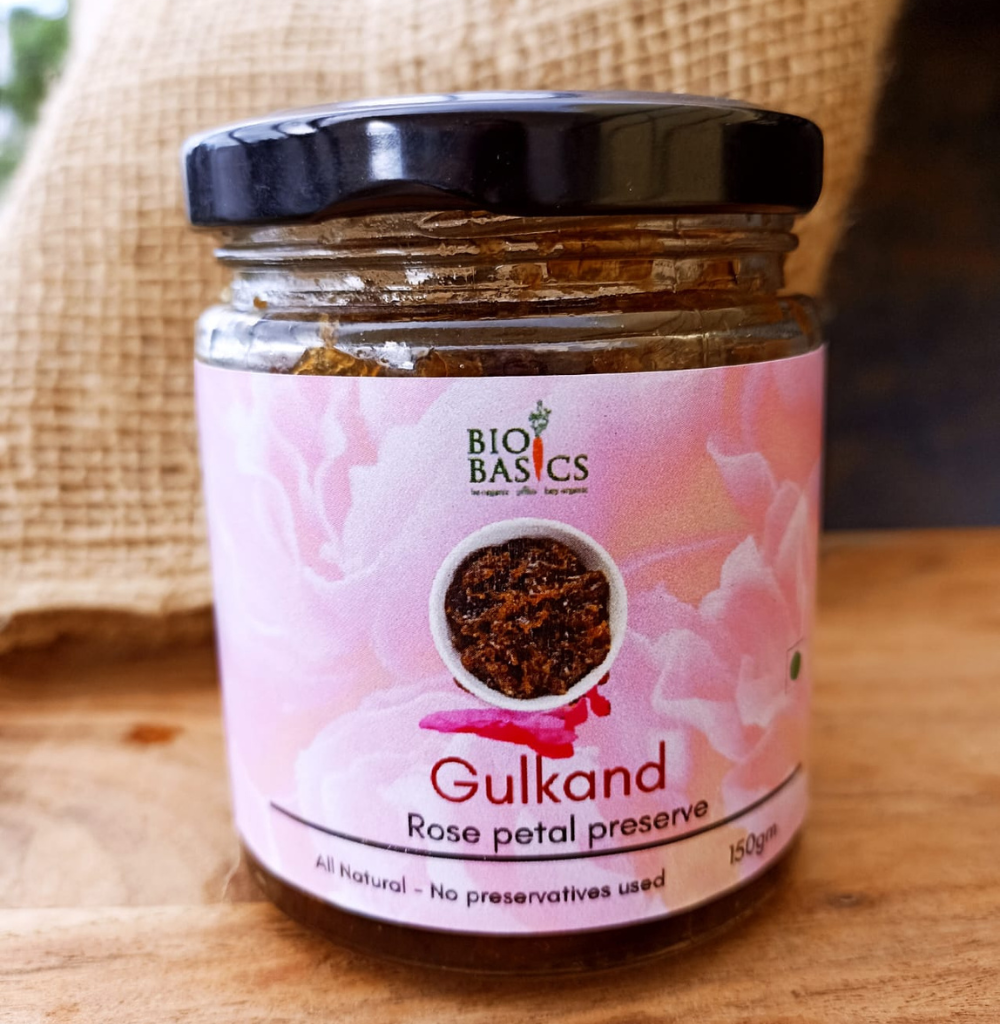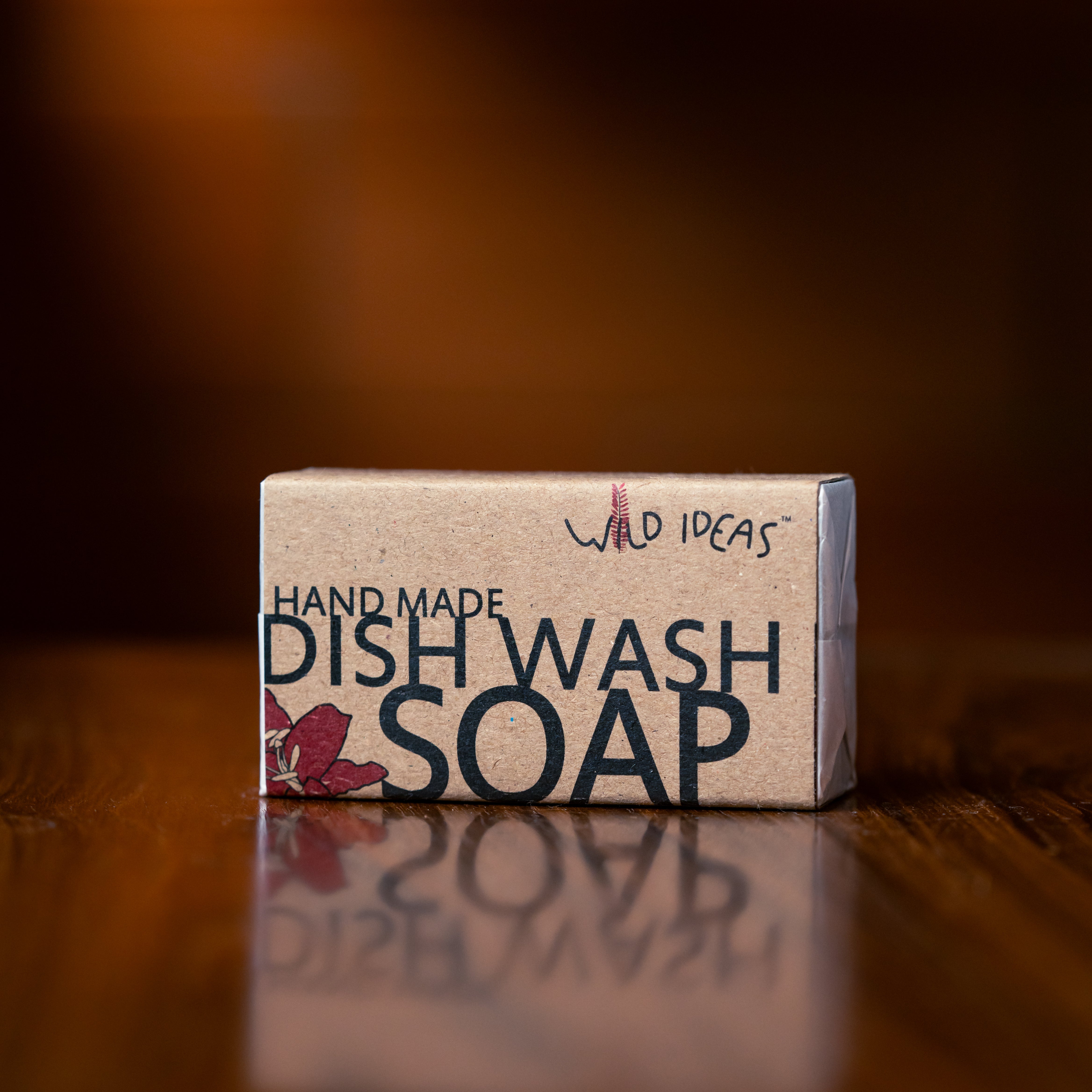
Olan, kaalan, erisseri, avial, thoran, kuttukari, parippu, pachadi, inji puli, prathaman, payasam, pappadam , chambavari choru (red rice)…and much more, sadyas can be as elaborate or as simple, most of us settle for something in between.
Onam invokes memories of my father cooking the full Onam Sadya for us. There were no half measures, every dish had to prepared from scratch…this after he made a tiring bus trip the previous day to meet his mother and have Uthradam ( first day of Onam) lunch with her.
He reversed what his father, my grandfather, did in their childhood. He made sadya for all of them (my father and my aunts and uncles) and then walked four miles to have lunch with his mother, who in the matrilineal tradition lived in her Tharavadu…Achan remembers that he resolved he would have Thiruvonam sadya with his children and he did that for as many years as possible, till his death five years back, in their home and also in our homes once we had moved on as adults

A gifted cook, he enthusiastically took up the annual pickling and cooked when we had special occasions. We used to tease him that if he had not made it as an engineer he could have taken up cooking (to make sadyas) professionally. He loved preparing avial and parippu prathaman and waited for feedback every time he made it…of course, it had to be positive ????
Over the years living in different cities outside Kerala and outside India, our Onam celebrations have covered the gamut of all-out Sadya to going to restaurants for Sadya to ordering into having a much-truncated version. This year until Thiruvonam day morning I was vacillating about whether to prepare the Sadya or not...

The day before while writing about and watching the video on Kambalanatti, the beautiful ritual that my friend Rajesh and his fellow farmers have revived, I realized that it was my responsibility to prepare the Sadya with the organic, joyously grown crops that I am blessed to have every day in my home. And I thought that it should also be cooked sustainably (no, it doesn’t yet stretch to wood fire or a stone grinder), so gathered up all my clay, stone and iron vessels (a couple of which we use every day), along with the Kalchattis and small Urulis inherited from my great grandmother, which are almost 70 years old and used regularly.

I have not been and am not a passionate cook. However, since I began working on rice conservation I have moved closer to being an experimental cook, to introduce the myriad rice varieties to people. Slowly, in my mind, cooking has become inextricably linked to farming, which it is. Only if cook with joy can we appreciate organic produce grown with such care. Finally, we did have our homemade Sadya, a small one, due to the last-minute decision, I couldn’t stretch to some dishes. With parippu, aviyal, thoran (brought by a friend who joined us) , masala curry, erisseri, olan, pachadi, steamed nendran, chips, pickles and of course parippu prathaman and paal payasam ..except for the paal payasam and pachadi every dish was vegan as well.

The rice was the delicious Kuruva, small-grained, red, grown by Illias, the paal payasam was with Mulkankazhana rice from Rajesh, grown in Wayanad (where the Kambalanatti was celebrated), both grown organically. The sweeteners used were organically grown and processed raw cane sugar and organic brown sugar. All the dishes were made with organic vegetables, spices, pulses, oils and nuts from our incredible farmers- Nandini, Velusamy, Jayaraman ayya, Anand, Mahesh, Saraswathi, Manikandan, Ramaswamy, Kannan…. and many many others!
My eternal gratitude to these farmers and so many others who farm season after season braving climate, hardship, shortage of labour, pest attacks and plant diseases and family setbacks.

The non-organic but mindfully sourced parts of my sadya: cow’s milk sourced from a local milkman, home-delivered without plastic. Store-bought chips (again sourced from a small store which makes chips with coconut oil, every evening right in front of the store; we can buy the chips in our own containers!). The absolutely delicious pickles from Palaguttapalle made by women in Anantapur without using any preservatives. These are the best pickles I have ever had in my life and I hope that we can work with Aparna and the women to get organic pickles in the coming years.
Hope you had a wonderful Onam and hope you will consider incorporating traditional grains in your festivities!
-Devi
Index of Malayalam words in alphabetical order:
Aviyal- The signature dish of Kerala cuisine, where you put in almost all vegetables
Erisseri- A preparation with yellow pumpkin made with roughly grated coconut
Kal Chatti – Cooking vessels carved from soapstone, used in Kerala for making almost all gravies
Masala curry – Made with potatoes and coconut milk
Nendran banana – The large Kerala bananas used for making chips and usually consumed steamed
Olan – Another signature dish of Kerala made with ash gourd and coconut milk
Paal payasam – Kheer made with vermicelli or rice or poha in milk
Pachadi- A vegetable, coconut and curd dish
Parippu – A simple dal made with split green gram with coconut
Parippu Prathaman – A kheer made with moong dal ( split green gram) with jaggery and slow-cooked in coconut milk
Sadya – The traditional vegetarian Kerala feast
Thoran- A steamed vegetable and coconut preparation
Uruli – Traditional bronze vessels used for making payasam /kheer and other dishes
As you can see the heroine of the Sadya is coconut, the most important ingredient of Kerala cooking.
